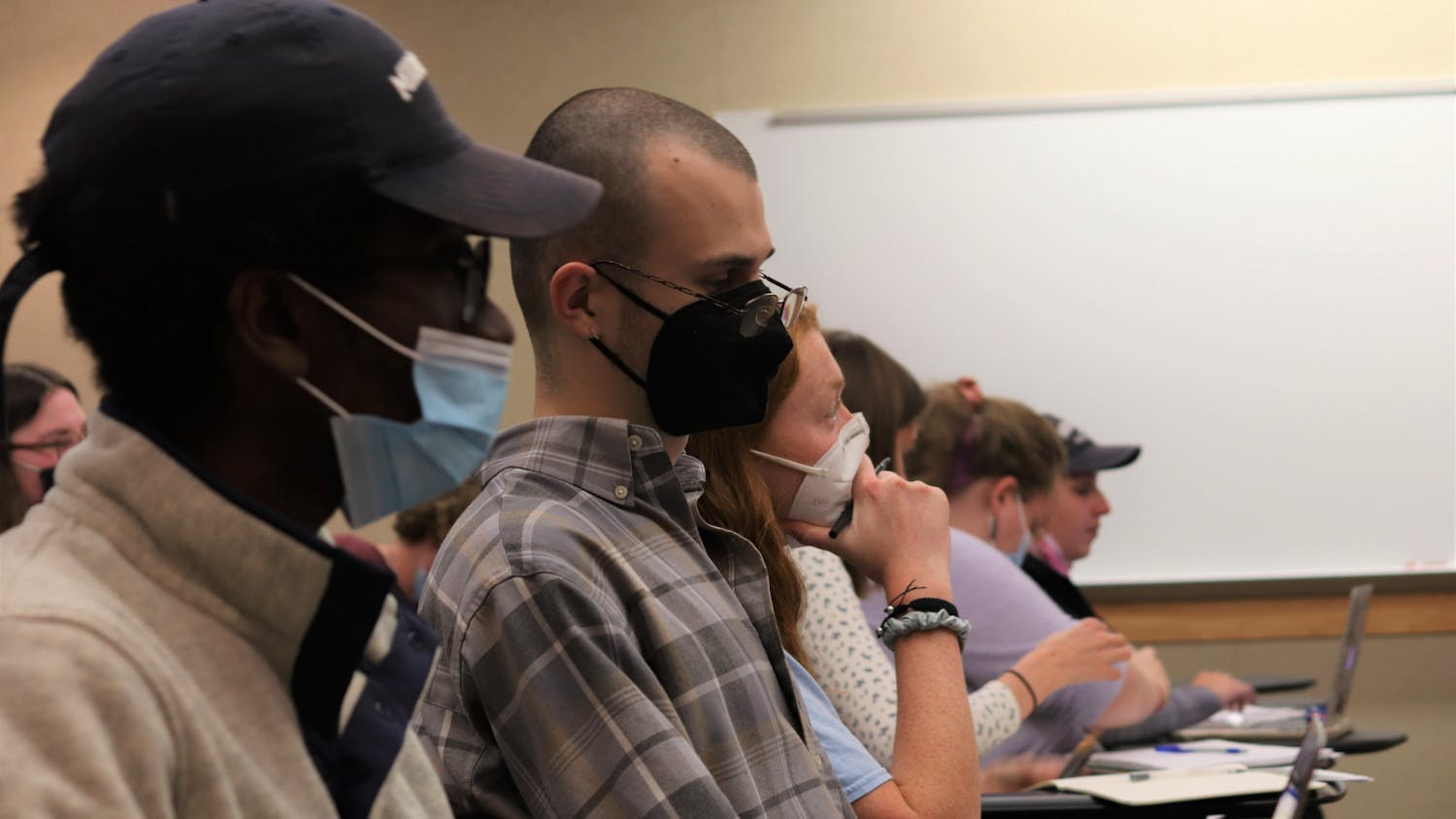The Supreme Court began hearing the oral arguments for two cases which will decide the future role of race in college admissions on Oct. 30. In the 40 years since Regents of the University of California v. Bakke established affirmative action’s constitutionality, there have been numerous challenges. The Supreme Court, even as recently as 2016, has continually upheld affirmative action. But this court is different. Many believe that given the court’s conservative supermajority, it is not a matter of if affirmative action will be overturned, but to what extent.
We cannot understate how radically this ruling will change our campus.
Last year, more than half (52%) of the students admitted to Middlebury in the class of 2026 were people of color — a five percentage-point increase from the class of 2025. These numbers represent a critical step forward from a college which has long espoused commitment to diversity as a value even as it has failed to deliver on that promise.
However, given the recent news, the class of 2028 will likely be one of the least diverse classes in the college’s future.
We do not have to wonder how eliminating affirmative action affects diversity at highly selective colleges. Both the University of Michigan and the University of California system were forced to discontinue affirmative action due to local edicts, causing a significant drop in the rates of admitted students of color. The UC schools attempted to compensate for the loss by investing in extensive outreach infrastructure, but it took UCLA roughly 20 years to regain demographics that paralleled their previous student bodies. Black and Latino students remain underrepresented at many of the UCs.
These examples demonstrate what the stakes are at Middlebury. Middlebury is not a UC school. Middlebury does not have the same name recognition, outreach capacity or regional racial diversity as a UC. For a student to even know what Middlebury College is in the first place often requires immense privilege. This is all to say that when Middlebury loses the right to practice affirmative action, the consequences will be even more severe.
We can anticipate how our campus will suffer, and we are calling on the administration to take proactive actions.
Like most of the members of our campus, the members of our board believe the value of a diverse student body should be self-evident. Diversity allows students to learn from each other inside and outside the classroom. Middlebury likes to imagine itself as an institution with a global focus; that focus starts at home. Race-conscious college admissions are one, of many ways, to chip away at the racial wage gap directly caused by centuries of systemic and institutional racism in the United States.
Affirmative action is only one way of determining an incoming class’ racial demographics. Middlebury still considers legacy status in admissions. The college also recruits athletes, and, as of 2018, 79% of NESCAC athletes were white. Both processes offer additional advantages to some of Middlebury’s most privileged applicants. They will remain untouched by the upcoming ruling.
Among our board, there was very little disagreement to affirmative action’s merits, but our opinions are largely moot. Affirmative action as we know it will likely soon be over and the more important question now is how Middlebury will respond.
The college is currently in the last year of a three year test-optional pilot program. We encourage the college to cement this program into a permanent policy. Standardized tests are not the great admissions equalizer, but rather an indication of privilege and resources. High standardized test scores are often more indicative of access to wealth than academic merit. In a news brief, admissions directly cited their pivot to a temporary test-optional model as a factor in the class of 2026’s increased diversity — making a test-optional policy a stronger priority than ever before.
Middlebury must also increase their outreach infrastructure. This could look like revamping and increasing the scope of programs like the Discover Middlebury program, which has pivoted to offering “virtual fly-in visits” since the pandemic began and continues to do so. Many students come from schools or regions of the country Middlebury does not visit. The onus is completely on the student to attend virtual information sessions and visit campus — which often requires getting on a plane or having guardians take time off. In anticipation of the upcoming ruling, Middlebury needs to make accessibility a chief concern of the admissions process more than ever before.
Addressing the structural inequities of admissions is not enough. Middlebury must provide more support for the students of color who chose to attend Middlebury. Though 52% of those admitted to the class of 2026 were students of color, not all of those students matriculated. It should not be a surprise Middlebury struggles to maintain a high yield rate for students of color. Our campus is located in an extremely white state and offers little institutional support for students of color after orientation. It is critical Middlebury provides further institutional aid, whether that be free textbooks and summer storage, counselors of color and an expanded system for opportunity grants. As we noted in an editorial earlier this year, “If students have relocated to rural Vermont — a state that is 95.1% white — only to find there is not adequate infrastructure to support them, we as an institution have failed.”
The repeal of affirmative action will trigger dramatic changes in the student composition of our campus and requires an equally dramatic response. We do not yet know the extent to which race will be prohibited in admissions considerations. But what we do know is that our campus will be less diverse and forever changed. If Middlebury wants to move beyond performative recruitment tactics, then they must invest heavily in outreach infrastructure and support for students from underrepresented backgrounds throughout the admissions process. Creating and implementing such infrastructure will not be easy or cheap, but it is necessary. And as the ability of admissions offices to consider race ends, some effects can — and should — be mitigated by retiring the more subtle practices that disproportionately result in white students being admitted to institutions of higher education. Some colleges have begun to discontinue advantages for legacy applicants, citing the privilege it perpetuates. Athletic recruitment, especially in sports with high financial barriers to entry, has even been called “affirmative action for rich white students.” The time is now for Middlebury to invest in admissions, scale up outreach to underrepresented school districts and seriously consider amending the policies that keep the student body overwhelmingly white — because our ability to build diversity at the college has never before felt so threatened.




